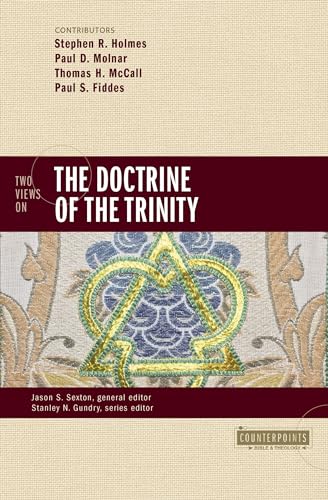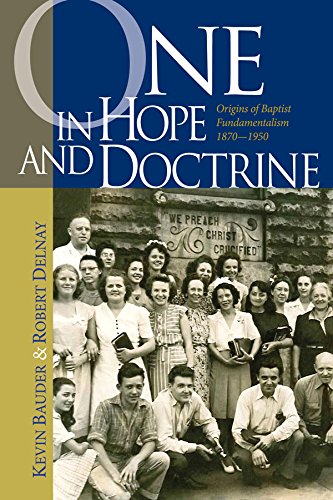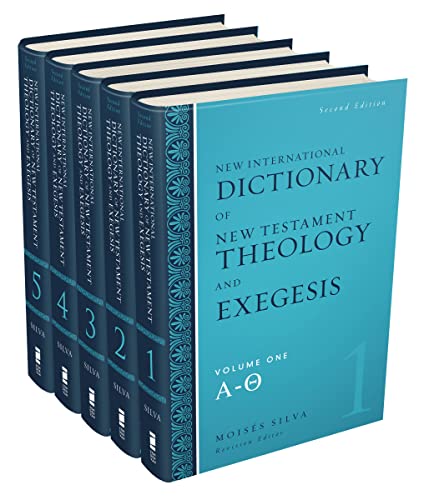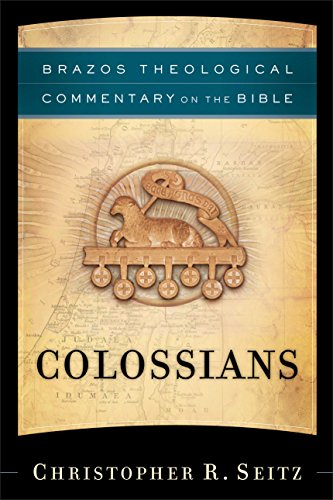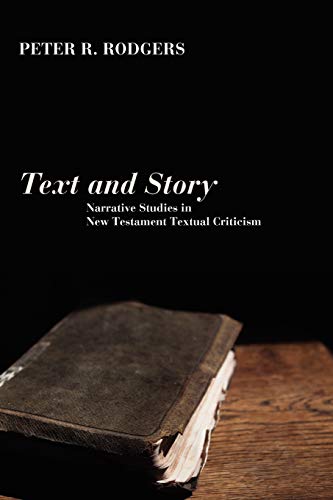Seriously Dangerous Religion: What the Old Testament Really Says and Why It Matters
Written by Iain Provan Reviewed By Daniel C. TimmerThis volume offers a multifaceted response to the belief, expressed in various contexts (axial age, dark green theology, new atheism, etc.) that the biblical story and worldview are neither true nor good. In many cases this belief has been based on a faulty understanding of the Bible, especially of the OT (p. 10), and it is this error that Provan intends to correct. Accordingly, he writes for readers who have been influenced by those who ignore or criticize the Bible’s “Old Story” but who have not developed a satisfying response to such thinking (p. 19). The body of the work articulates ten questions that circumscribe the vast majority of the OT and of general philosophical reflection, then responds to them primarily on the basis of the OT, and of Genesis in particular. Provan assumes the truth (historical and otherwise) of the OT, attends to its final form rather than its putative sources, and focuses on what the text wants readers to be and to do.
This brief overview will unfortunately but unintentionally obscure the ten carefully integrated ten chapters, and their questions and answers, which can be summarized as follows: (1) What is the world? It is not eternal, but is created by a personal God, separate from him, and not divine. This distinguishes between the “one” and the “many.” The world is good largely by virtue of God’s presence in it. In this connection, Provan argues that the “garden” of Eden was in fact the whole world (pp. 36-40). (2) Who is God? Contrary to much ancient and modern thought, God is one, sovereign, incomparable, and good, exercising love, faithfulness, and deliverance (pp. 49-72). (3) Who are man and woman? They are human beings made in the divine image, created to rule and to coexist in society, and are equal in value irrespective of gender (contra Aristotle and John Locke, among others [pp. 96-97]). (4) Why do evil and suffering mark the world? Not all suffering is due to sin, though some is. God did not create evil, nor does it have an independent existence, so the OT is not dualistic in the sense posited by Manichaeism and Zoroastrianism (pp. 126-27). (5) What am I to do about evil and suffering? In Provan’s own eloquent words, “I am to resist evil and pursue what is right. Where I cannot overcome evil, I am to endure it patiently in hope, while still pursuing what is right. In any event I am to pray that my fellow creatures and I will be rescued from it and to show compassion to others who find themselves the victims of it” (p. 152). (6) How am I to relate to God? By giving up my claim to divinity or autonomy, by trusting God’s goodness, and loving and obeying him (p. 182). (7) How am I to relate to my neighbor? By redirecting my desire toward God and the good of my neighbor rather than toward myself (p. 209). (8) How am I to relate to the rest of creation? By “a wise balancing of earth keeping and earth subduing, accompanied by people keeping as well” (p. 249). (9) Which society should I be helping to build? While the OT allows various “good” societies, they (and especially their laws) are not necessarily the ideal (p. 266). Avoiding the extremes of passivity and utopianism, I should promote righteousness, restrain evil, and redeem all that I can (p. 289). Finally, (10) what am I to hope for? From Gen 1-2, immortality; and from the successive covenants with creation, Abraham, Israel, and David, the elimination of all suffering and of all human sin, and the full realization of the New Covenant through definitive divine intervention (p. 306).
In a following chapter Provan revisits these questions in light of the NT. Notable amplifications of his earlier answers include the divinity of Jesus and the Holy Spirit (cf. question 2), an egalitarian development in gender roles (cf. question 3), Christ-conformity (cf. question 6), loving others as Christ loved us (cf. question 7), and the hope of immortality through Jesus’ death and resurrection (cf. question 10).
In two final chapters Provan develops epistemological and ethical responses to the charge that biblical religion is dangerous, affirming that “[b]iblical faith is dangerous only in promoting the good” (p. 380). Scripture’s claims stand over against immanentist worldviews, the decline of the value of human life, fatalism, amorality, reckless use of the created order, the exclusion of religion from the public square, and other contemporary values and arguments (which Provan critiques fairly).
This is a praiseworthy work. It interacts with a wide variety of views from ancient and modern times, from East and West. Not surprisingly for a work written by an OT specialist, its comparison and contrast of biblical and ancient Near Eastern worldviews is robust and careful (e.g., pp. 71, 73). The OT does indeed present unique challenges to Christians that Christianity’s critics in turn exploit with verve (i.e., the charge of genocide in the conquest of Canaan, etc.; cf. p. 71), and Provan’s response succeeds in sketching the larger context in which interpreters must place such problematic issues.
At the same time, an approach more influenced by biblical theology (i.e., giving more prominence to structures like promise and fulfillment, tracing the development of various themes across the OT) might have produced different results on some points. For example, if the OT “does not view the events of Gen 3 as cataclysmic events that inevitably changed everything about the world in which we live” (p. 140, emphasis original), what accounts for the entry of death into the narrative, the offering of sacrifices even in Genesis, the prominence of the sacrificial system later in the Pentateuch, and the explanatory power of the Adam-Christ typology of Romans 5? While the work’s focus on the difficulties posed by the OT precluded, say, an answer to “how am I to relate to God?” that develops at length the NT’s emphasis on participation with Christ in his death and resurrection, a stronger emphasis on the redemptive-historical dynamics evident in the OT itself may have enriched some aspects of the work.
Despite this minor criticism, the work will be of great value to all who read it. It possesses enough sophistication and breadth to interest academically oriented readers, yet those whose study or reflection has not gone far beyond the ten questions posed will find it an accessible, patient, and nuanced guide. Provan also exhibits an affable pastoral spirit that comfortably and consistently expresses the believing, active response to the book’s conclusions. It will be a particularly helpful read for those heading off to university or entering the workforce, but is broad and deep enough that every reader will find much to profit from and to reflect on.
Daniel C. Timmer
Daniel C. Timmer
Faculté de théologie évangélique
Montréal, Québec, Canada
Other Articles in this Issue
The account of Abraham's near-sacrifice of Isaac has been and will likely continue to be violently applied so long as the dominant misunderstanding of the text prevails...
In recent years, a growing cadre of younger historians has begun publishing significant books on the history of American evangelicalism...
Romans 4 remains a central text in the debate over the New Perspective on Paul...
Within the intra-Reformed debate over baptism, covenant theology is a crucial aspect in determining one's position...
‘Fathers of Faith, My Fathers Now!’: On Abraham, Covenant, and the Theology of Paedobaptism
by David GibsonThe figure of Abraham creates a covenantal framework for biblical theology that allows baptism to be considered in relation to the Bible's developing story line...



